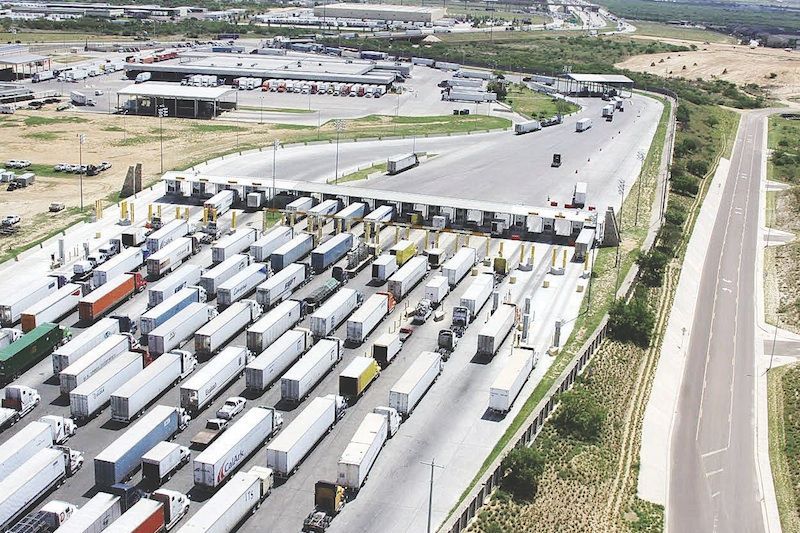Joint border controls refer to the concept of two border customs administrations signing an agreement to jointly operate customs control.
That is, both administrations coordinate export and import controls, opening hours and competencies.
Ideally, joint control is carried out in juxtaposed customs offices where the physical and technical infrastructures are shared, according to the United Nations Economic Commission for Europe (UNECE).
At land border crossings, traders often have to undergo export formalities before they can complete import formalities.
Furthermore, the physical infrastructures of the import and export offices are often significantly different.
This can lead to long lines at the border and slow clearance processes in particular, if the surveys are carried out on both the export and import side, and the competencies and opening hours of the two customs offices are not coordinated.
In the case of perishable goods, this may cause the economic loss of the cargo.
Thus, joint border controls eliminate redundancies in clearance processes at land border crossings.
Joint border controls
Since 2017, for example, Mexico and the United States have implemented a joint customs clearance through a program between the Tax Administration Service (SAT) and the United States Customs and Border Protection Service (CBP).
The project began at Laredo, Texas Airport, with a joint air cargo dispatch from the automotive, electronic and aerospace sectors destined for eight Mexican airports.
It was also carried out in Mesa de Otay, Baja California, with agricultural products destined for the United States, and in San Jerónimo, Chihuahua, with the inspection of shipments of computers and other electronic products destined for the United States.
Revised Kyoto Convention
The physical conditions of the border crossing often reflect the relationship between the two countries.
A necessary prerequisite, therefore, is to establish fruitful and trusting relationships between neighboring countries.

On this basis, emphasizes the CEPE, is that the operation of joint customs controls is established and juxtaposed customs offices are installed at common border crossings, which, as indicated in Standards 3.4 and 3.5 of the Revised Kyoto Convention (CKR), will help to rationalize the clearance process, eliminate redundancies and will also strengthen customs control capabilities.
CKR Standard 3.3 requires customs administrations to harmonize opening hours and their respective powers in order to ensure smooth and unhindered movement at the border.
In addition, the two countries must coordinate the physical distribution plan of the border crossings, in terms of the number of lanes, transit lanes, parking lots, and other relevant facilities in accordance with Article 6 of Annex 8 of the International Convention on Harmonization of the Controls of the Goods at the Border.

